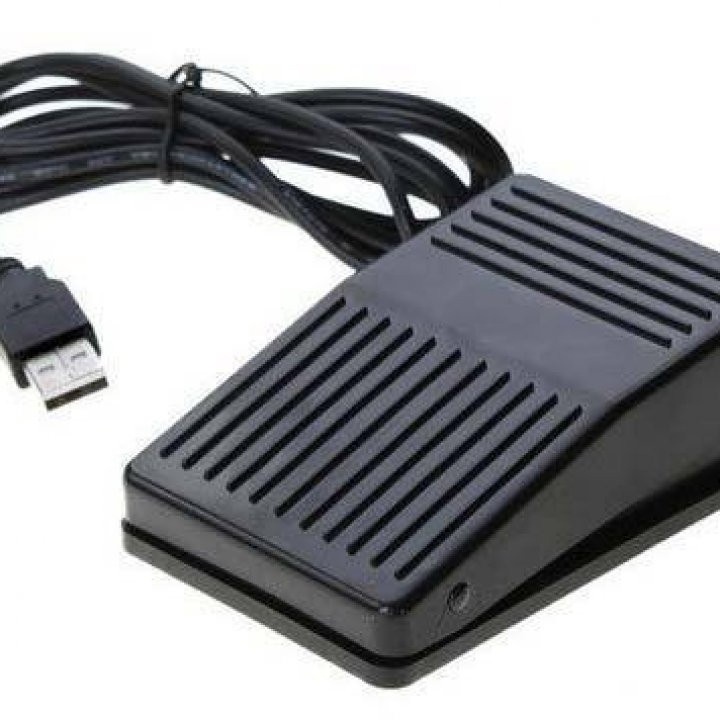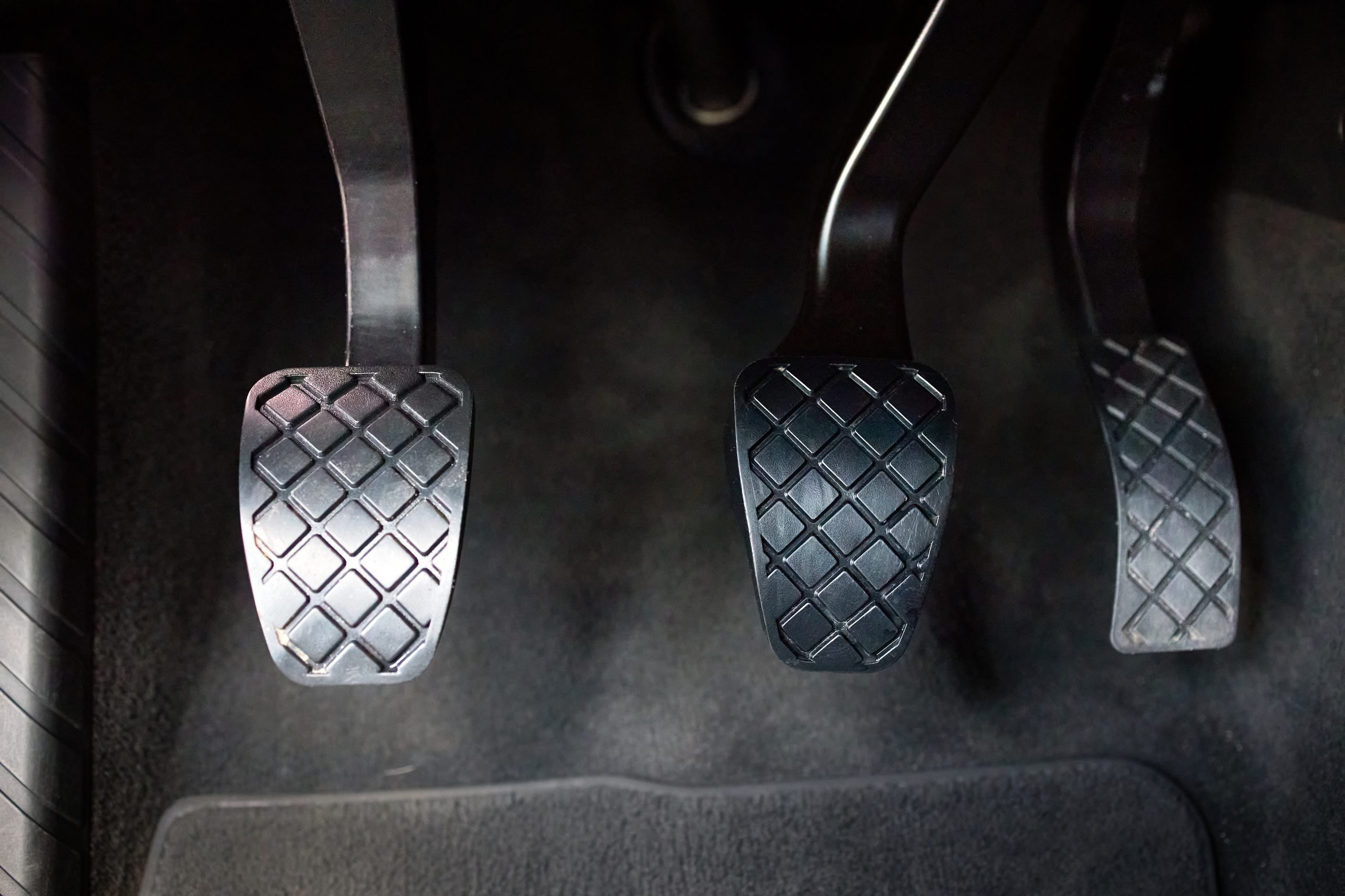
The app will simply ignore any "deactivated" device.

Having the option to toggle devices on and off is useful if you have a particularly noisy device causing conflicts with InqScribe. menu to activate and deactivate USB devices. The wizard just provides an interface designed for foot pedal users. Note that there's nothing in the wizard that you can't do via the Edit Shortcuts dialog. menu item to open a wizard that will guide you through the process of assigning your pedal buttons to shortcuts. If you have a foot pedal, you can use the Edit > Set Up Foot Pedal. If you unplug a USB device while InqScribe is running, you may need to both plug it back in and restart InqScribe to restore its function. If you plug in a new USB device, you may need to restart the InqScribe app for it to be recognized. InqScribe can only recognize USB devices plugged in at the time the app was opened. Some of our tips for assigning keyboard shortcuts are also relevant to foot pedal settings.

#Foot pedal unassigned in inqscribe drivers
And you must have drivers that allow your USB device to be recognized by your system, if you want InqScribe to recognize it as well. Mice and trackpads are automatically prevented from being triggers, because they serve a basic pointing function. So you might set your left foot pedal button to one shortcut, but set Shift-left foot pedal button to another shortcut. Note that you can use modifier keys with USB devices. Then press the button or pedal you want to use for the trigger.

To use a USB device, just click the Define Trigger button in the Edit Shortcuts dialog. That means that you can create a shortcut or a snippet and sets its trigger to be an input element of a USB device, like a foot pedal or the button on a gamepad.


 0 kommentar(er)
0 kommentar(er)
